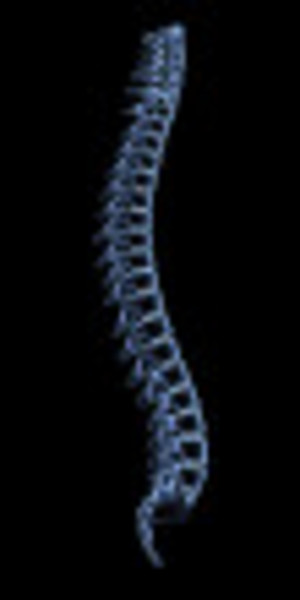The theory behind chiropractic medicine–that the twenty-four bones in the spine are all connected to nerve sthat help keep various organs and musculo-skeletal systems healthy–has been around for over one hundred years. Until the last two decades, chiropractic doctors were routinely seen only by patients with back injuries, patients for whom traditional medicine had run out of ideas, and for a few people who understood the benefits of ongoing chiropractic care.
Over the past two decades, however, a revolution in alternative approaches to medicine, health, and wellness has led to a massive surge in the popularity of chiropractors in the United States and abroad. Chiropractic doctors have swelled in numbers over the past fifteen years, and more and more chiropractors are offering services to pregnant women, infants, and children.
Pediatric care isn’t new for chiropractic medicine, but it is gaining followers. According to the International Chiropractic Pediatric Association, pediatric patients can be helped with a host of problems, including ADHD, ear infections, coordination problems, headaches, general wellness, autism, sleeping problems, food allergies, asthma, and other acute and chronic conditions children face during childhood.
In a typical visit to a pediatric chiropractor, the child will be accompanied by a parent at all times–just like a traditional M.D. visit–and the doctor asks the parent about any changes in the child, for good or for bad. The chiropractor then feels the child’s spine, normally with the child laying on his or her stomach, on a special table. The pediatric specialist then adjusts subluxations–joints that are out of alighment–either with the doctor’s hands, or with a small device that helps to push the bone back in place.
The child then turns over onto his or her back, and the pediatric chiropractic doctor adjusts the neck. If the child has an ear infection, the goal is to help open up the eustachian tube, so that any infections can clear out. If a child bumps his or her head, on the other hand, the doctor’s goal is to put the bones back in place so that the nerves than then be adjusted and bring the child back into wellness.
Child chiropractic appointments run no more than ten minutes, and the younger the patient is when they start, the more acclimated he or she becomes to the visits. Many parents report ear infections as the main reason for bringing kids to the chiropractors; chiropractic doctors do not use antibiotics to relieve ear infections, instead sending children with difficult-to-heal ear infections to pediatricians for further care.
Attention Hyperactivity Deficit Disorder is another childhood condition that chiropractors help to treat. While no legitimate chiropractor would ever claim to be able to “cure” ADHD, there are certain treatments that can help children to feel less restless, to exhibit better impulse control, ad a have greater focus in the classroom. Because chiropractic zooms in on wellness, again chiropractic pediatric specialists do not use prescription medications, but instead use spinal adjustment to help children. Chiropractic care can be used at the same time as medications, however–there is no need to use only one or the other.
To learn more about kids and chiropractors, go into a search engine and search for apediatric chiropractor in your area.




